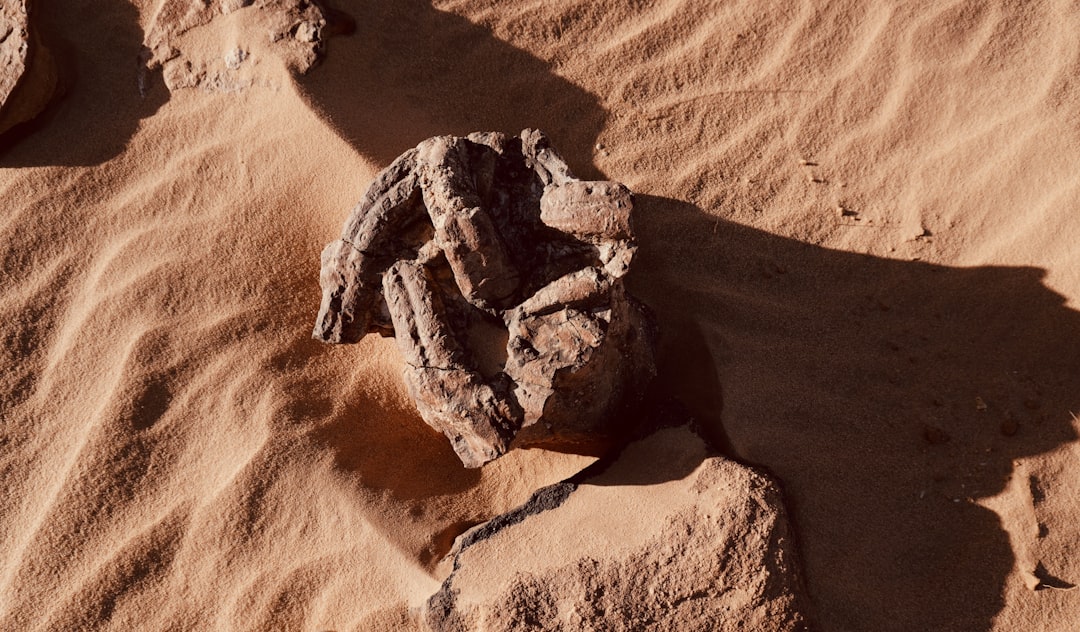What is it about?
We analyzed and quantified the risk of wildfire damage to different assets with respect to spatial explicit valuations and socio-economic conditions in distinct regions of Oregon. The results provide regionally distinct assessments of potential value loss by wildfire and show that, depending on the region, 12% to 52% of the highest relative risk areas are on private land. This underscores the need to unite strategies and efforts on the landscape scale by including different landowners, managers, and stakeholders of public land and private land efficiently to address wildfire damage protection and mitigation. Our risk assessments closely agreed with risks identified during landscape-scale ground projects.
Featured Image

Photo by Ross Stone on Unsplash
Why is it important?
The risk of wildfires in the Pacific Northwest has increased over the last decades leading to more wildfire incidents and cases where wildfires have even affected built-up areas bordering the burning forests and grasslands. Often resources and valuable assets differ spatially and we offer a flexible tool to account for those region-specific conditions and valuations.
Perspectives
Our study underscores the need to unite strategies and efforts on the landscape scale by including different landowners, managers, and stakeholders of public land and private land to efficiently address wildfire damage protection and mitigation. This is one of the first assessments that go beyond the assessment of wildfire risk to natural resources but includes the assets of the socio-economic landscape.
Andres Schmidt
Oregon State University
Read the Original
This page is a summary of: A quantitative wildfire risk assessment using a modular approach of geostatistical clustering and regionally distinct valuations of assets—A case study in Oregon, PLoS ONE, March 2022, PLOS,
DOI: 10.1371/journal.pone.0264826.
You can read the full text:
Resources
Contributors
The following have contributed to this page










